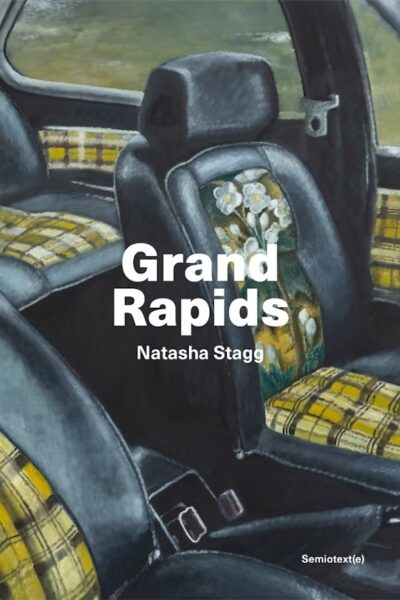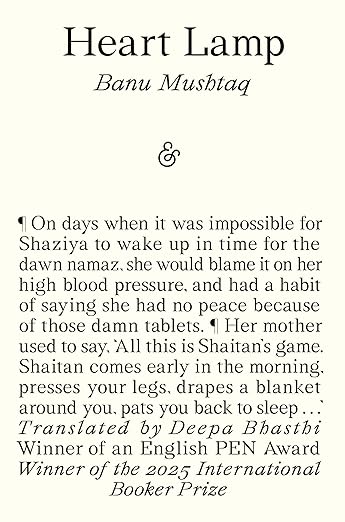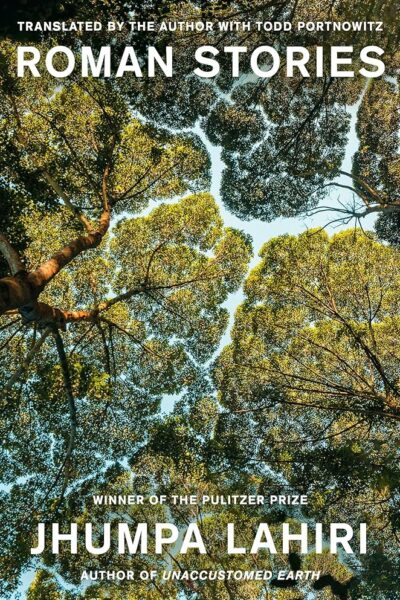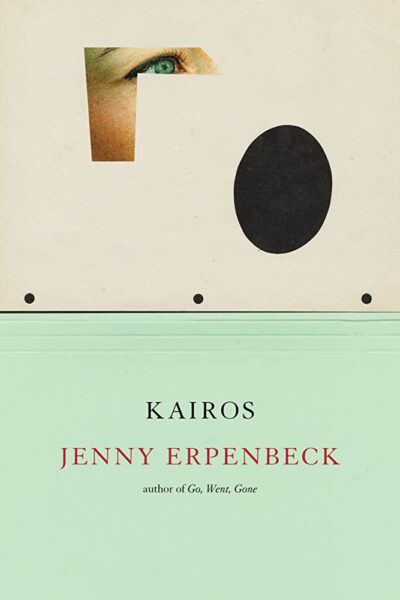This is the nightmare of being a teenager, how the temporary bleeds into permanence in a developing mind and body.
Heart Lamp — Banu Mushtaq, Translated from Kannada by Deepa Bhasthi
One of the most inventive and profound aspects of Heart Lamp is how Mushtaq layers these multiple points of view: in “Black Cobras” alone there are at least six, most of them the perspectives of women and girls. A few stories are told in the first person, but most of the time the close third-person narrator moves between those who have all the power and those who have none.
Taiwan Travelogue – Yáng Shuāng-Zǐ
The acts of translation throughout TAIWAN TRAVELOGUE show how language hides our blind spots and how caring deeply for others might help to reveal them.
The Burning Plain – Juan Rulfo
The real perpetrator of violence in THE BURNING PLAIN is [the] cycle of poverty and the systems that engender it. The characters in these stories are so vulnerable that their existence rests on an edge, and the smallest upheaval or change becomes magnified and topples them completely.
Mystery Lights – Lena Valencia
Through the process of stripping away parts of the self . . . the women come face-to-face with their own uncanny reality, however ugly. Ghosts do not give up easily.
Each character’s Roman sea is quite different, but the similarity remains: Each has been tossed up on its shore.
With Kairos, Erpenbeck proves the impossibility, irresponsibility even, of an easy binary and reminds us that the only thing we can be certain of is an ending that will bring along change.








